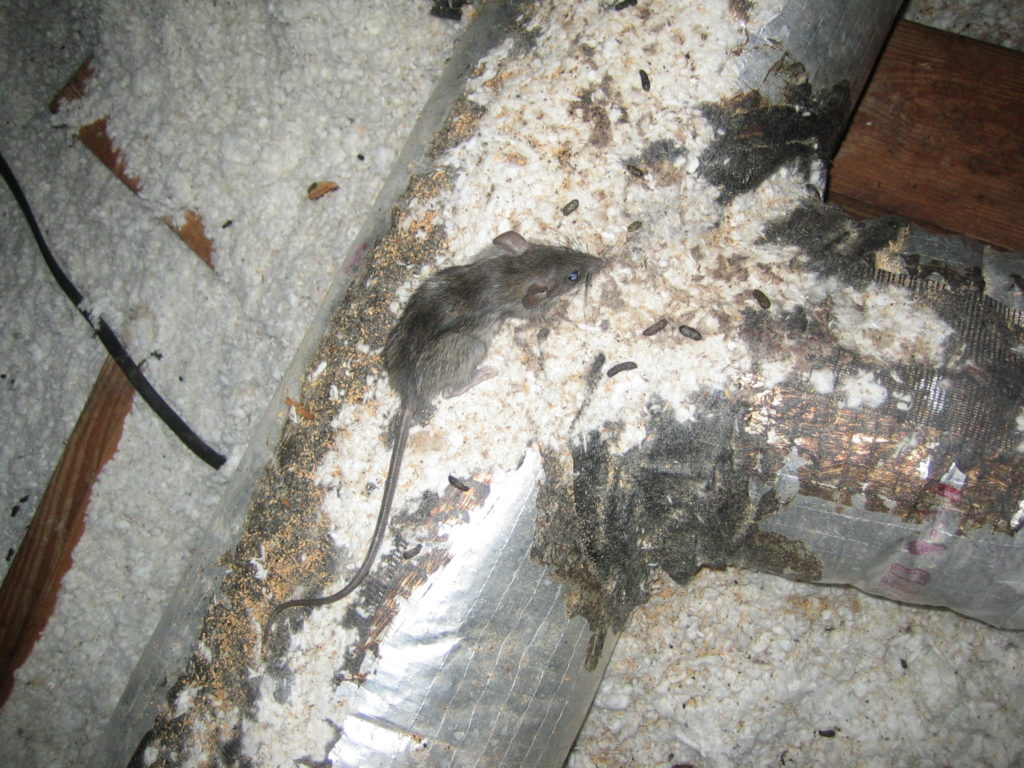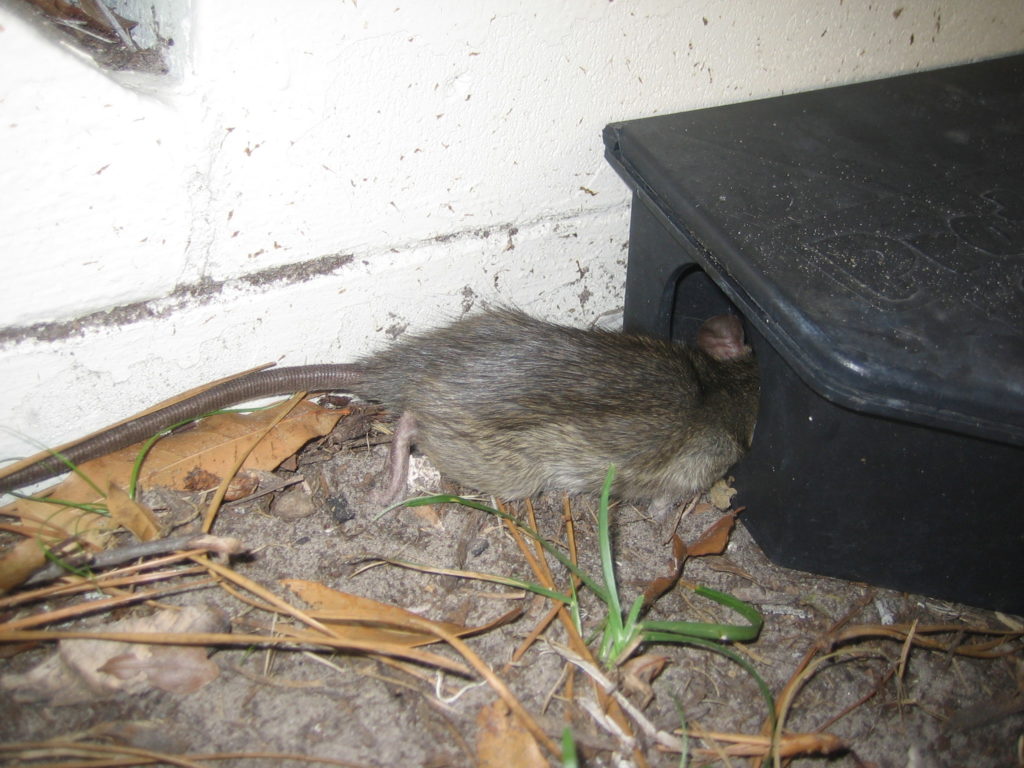
One of the most important parts of getting rats out of your home is preventing them from invading again in the future. Even if you kill the rats that are currently there, other ones will take their place unless you are able to prevent their entry. That prevention is a combination of sanitary measures to limit food sources and taking action to ensure there are no gaps or cracks that could accidentally give the rodent access to your home.
The idea of inspecting a building for rat entry points then sealing them out is relatively straightforward. Inspect everything and if you find any gap or hole, seal it up. In reality, however, the process becomes incredibly intimidating since buildings have significant surface area, especially in the case of larger homes or commercial properties. In that case, how do you inspect a building for rat entry points to seal them out?
The Simplest Method – Hire a Professional
If you want the job to be done correctly and are intimidated about the idea of inspecting your entire building yourself, then the simplest answer is to just hire a professional. Not all rat control specialists will offer this type of service, but many will. If they do not, they may be able to point you to a home improvement contractor who can take care of it.
There are some upsides to hiring a professional, including the fact that you do not have to inspect the entire building yourself and that they know what they are looking for. On the downside, you will have to pay for this service. Most homeowners agree that the price is worth it for almost-guaranteed knowledge that all entry points are sealed.
Whether you want to conduct the inspection yourself or are just curious what the professional will do, then keep reading.
Common Entry Points
Your inspection of your building for entry points should be all-encompassing. You want to look at every area of the property so you are certain you do not miss any. That being said, you should focus your attention on certain areas where the rats are more likely to make their entrances.
Wall Cracks
Examine your walls for any obvious or not-so-obvious cracks. If you find a smaller hole, you can just seal it up using caulk. In the case of larger holes, use waterproof sealant or wool.
Vents
It is common for vents to have openings that are big enough for rodents to fit through. The same is true for gaps that are around the opening of the vents. Avoid these issues by securely covering your vents using metal screening and sealing any gaps you find around them.
Gaps by Windows
Pay close attention to the areas around your windows, as it is common for these to be large enough for a rodent to sneak through. Remember that rats only need a very small space to get inside. Check around your windows as well as on the windows and screens themselves to make sure you get every gap.
Roof
The roof is yet another common entry point of rats, especially when you accidentally leave holes in it. Pay close attention to the areas where the roof ends, where various parts of the roof meet, and where objects like chimneys or skylights poke through.
Chimney
While the chimney is part of the roof, it is a common enough entry point to justify an entire point of its own. This is a very common spot for rats to spend time as it is sheltered and warm. Rats may not even head down into your home often and just spend most of their time in the chimney. Check the chimney for gaps, including around the chimney cap or grate, which you should definitely have in place.
Garage
Garages also tend to be an appealing spot for rats to break inside your home through, especially since few people spend a lot of time in their garages. This lets them get inside easily and then remain hidden, especially if you have piles of boxes everywhere. Pay close attention to the gaps by your garage door and the door leading from your garage to your home.
Look for Signs of Rodent Activity

To help guide your search for entry points, you can also look for indications of rodent activity.
If you notice any of these indications of rodent activity, then an entry point is likely nearby, so pay extra attention when inspecting the area.
Look at How Rats Access the Entry Points
In addition to looking for potential rodent entry points into your home, you should also see how they are reaching those areas. In the case of a gap around your door, this is pretty obvious, as the door is easily accessible from the ground. Higher entry points, however, become more complicated.
In the case of rats accessing your home via your roof, for example, take a look at your property and see how the rats could have reached the spot. Then, take steps to make sure they cannot reach it in the future. In most cases, rats will get to the roof via nearby trees, so trimming back overgrown branches that get too close to your roof can help reduce the risk.
Do Not Forget to Make Your Home Less Appealing
In addition to cutting off the access of the rodents to your home, take the time to make your property unappealing from rat’s point of view at the same time. Remember that rats can chew through many materials, so if they think your home is appealing, they will do their best to find a way in.
To make your property less appealing, start by removing obvious food sources. Clear the crumbs from your counters and your floor. Ensure that you put leftovers in airtight containers so that rats cannot access them. Keep your garbage cans securely closed.



